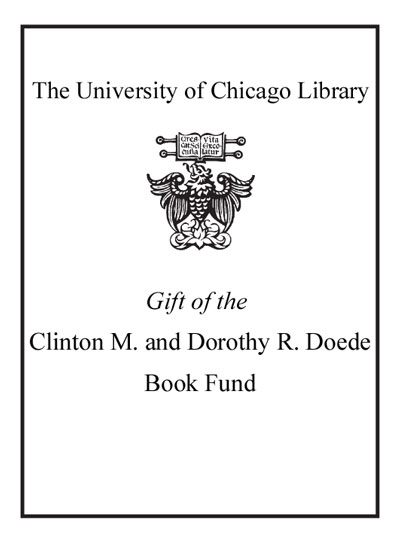Review by Choice Review
This is a wonderfully insightful and thorough examination of Van Dyck's world on many levels: his life, his associations, his legacy, and, above all, his powerful effect on British and Continental artists, authors, and patrons. Van Dyck's ability to combine likeness, elegance, and sensuality was admired from the start, as was his success with aristocratic and royal patronage. Eaker (curator, European paintings, Metropolitan Museum of Art) brings the reader into the artist's studio in his discussions of portrait sittings as intimate meetings of painter and portrayed, and as court spectacle with monarch and friends in attendance. The triangular relationship of sitter, painter, and viewer emphasizes the erotic nuances and the potential for actual relationships. Firsthand accounts offer details about conversations, materials, servants used as models, technique, and critical appraisal. Immediate emulators of Van Dyke (1599--1641) include Mary Beale, Joan Carlile, Samuel Cooper, Peter Lely, and Godfried Kneller, but Van Dyck's reach extended to Jonathan Richardson, William Hogarth, Maria Cosways, Thomas Gainsborough, and John Singer Sargent. The gendered characterization and qualities of Van Dyck as feminine contrast with Rubens as masculine. Throughout Eaker provides a historiography of responses to Van Dyke by writers and artists, vividly recounting and recovering Van Dyck's reputation and reception. Summing Up: Essential. Upper-division undergraduates through faculty; professionals; general readers. --Amy Golahny, emerita, Lycoming College
Copyright American Library Association, used with permission.
Review by Choice Review

